 15 disruptive service providers around the world with nearly a billion mobile subscribers have partnered with the largest global Wi-Fi roaming network, iPass.
15 disruptive service providers around the world with nearly a billion mobile subscribers have partnered with the largest global Wi-Fi roaming network, iPass.
iPass chief executive officer Evan Kaplan reporting on the state of Wi-Fi in the telecom operator industry said: “Mobile carriers are waking up to the power of global Wi-Fi roaming and the competitive advantage it offers. While Wi-Fi is in its early years, 15 telecom service providers worldwide are pioneering its growth and the signs are incredibly encouraging for explosive growth in this market.”
Even though the public discussion on mobile operator Wi-Fi has previously centered on cost-savings offered by domestic mobile data offload, global Wi-Fi roaming has the ability to generate revenue. iPass has a unique vantage point in the telecom industry and the ability for service providers to deliver both consumers and the enterprise global Wi-Fi roaming connectivity is set to be an inherent part of their subscriber features in the future.
“The 15 service providers that have signed up to offer global Wi-roaming have a combined mobile subscriber base of 974 million people worldwide. With high-value customers demanding Wi-Fi roaming, these service providers are seizing the initiative to provide the benefits of a global Wi-Fi network,” said Kaplan.
With the increasing number of international business travelers using multiple mobile devices – including non-SIM devices – to data roam, various service providers are looking at Wi-Fi to serve the needs of these high-value customers. “Mobile is everything; it has changed how people communicate and work. Wi-Fi is global in nature and these service providers recognize that they are in a highly competitive industry. Providing convenient and cost effective connectivity options all around the globe for their high-value customers is going to be the next big differentiator,” said Kaplan. “We’re breaking a religious barrier by enabling carriers to bundle services to support the needs of their customers who carry both SIM and non-SIM devices that are Wi-Fi enabled.”
A recent industry report from Juniper Research indicated revenues generated from mobile roaming will hit more than $80 billion by 2017. “There is an increasing opportunity for telecom operators to enhance their roaming revenues and profit margins via Wi-Fi networks,” said report author Nitin Bhas. “These revenues will largely be driven by increasing data usage and mobile operators are looking at global Wi-Fi as a way to protect their post-paid, high-value customers that are demanding Wi-Fi, especially when they travel overseas.”
With 1,137,695 Wi-Fi hotspots in 113 countries and territories worldwide, iPass has nearly doubled the number of hotspots in its Wi-Fi network since the beginning of 2012 and expects its network to hit two million Wi-Fi hotspots by the end of 2013. “We are building the largest Wi-Fi ecosystem in the world and operators in Asia and the Middle East are taking an early lead in shaping how people roam today and in the future,” said Steve Livingston, iPass senior vice president of carrier development.
Both Zain and Etisalat in the Middle East and China Telecom and China Mobile are using the iPass Open Mobile Exchange as a foundation for their global Wi-Fi data roaming service; along with SK Telecom in South Korea, dtac in Thailand and KDDI in Japan there is a surging Wi-Fi expansion throughout Asia. Additionally, Oi, South America’s largest mobile operator has joined the exchange and is building the largest Wi-Fi network in Brazil. With a nexus of forces driven by cloud computing and mobility causing an ever-increasing need for global Wi-Fi, iPass is starting to see carriers thinking of Wi-Fi roaming as an inherent part of their mobility services that subscribers will expect as a feature rather than an add-on service.
Wi-Fi standards such as the Next Generation Hotspot (NGH) from the Wireless Broadband Alliance and the Wi-Fi certified Passpoint program from the Wi-Fi Alliance are a welcome evolution according to iPass. “NGH and Passpoint are critical to remove the friction inherent in the seamless mobile connection process today as it will improve the user experience,” said Livingston. “iPass is helping lead these discussions on defining and driving the future of Wi-Fi and these initiatives speak to the core value proposition of iPass. The network that iPass has built enables operators to bridge the gap from today’s Wi-Fi into the future and beyond.”
As Wi-Fi standards continue to progress and improve the user’s experience, iPass is strongly positioned both today and in the future. The company’s global Wi-Fi presence is unsurpassed and their technical integration and expertise over the last 12 years with more than 140 global Wi-Fi networks provides iPass a significant advantage, especially as Wi-Fi uses a different infrastructure to cellular networks.
“Consumers are very sensitive about expensive data roaming charges but with Wi-Fi people are used to daily, flat-rate or time based billing versus consumption usage,” said Kaplan. “As both mobile and fixed-line operators now have an opportunity to get into the global Wi-Fi roaming business, iPass is there to help operators derive greater wallet share from mobile customers. Whether it’s a smartphone or a non-SIM device, they can use our Wi-Fi network virtually wherever they are in the world.”
An early pioneer in the creation of the global broadband roaming market, iPass delivered the industry’s first broadband roaming service that gave business travelers simplified, high-speed and secure remote access to their corporate networks. iPass is a board member of the Wireless Broadband Alliance and co-author of the WISPr 1.0 protocol, a standard that defines how smart clients can access Wi-Fi networks.
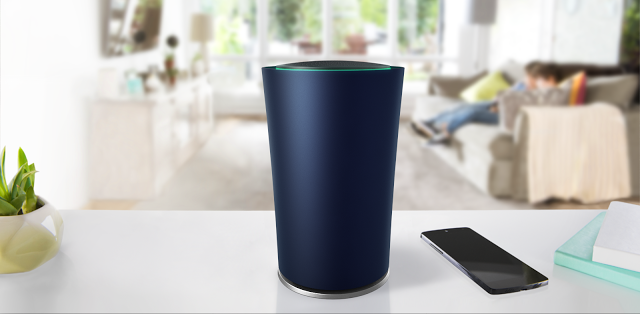
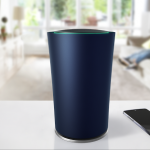

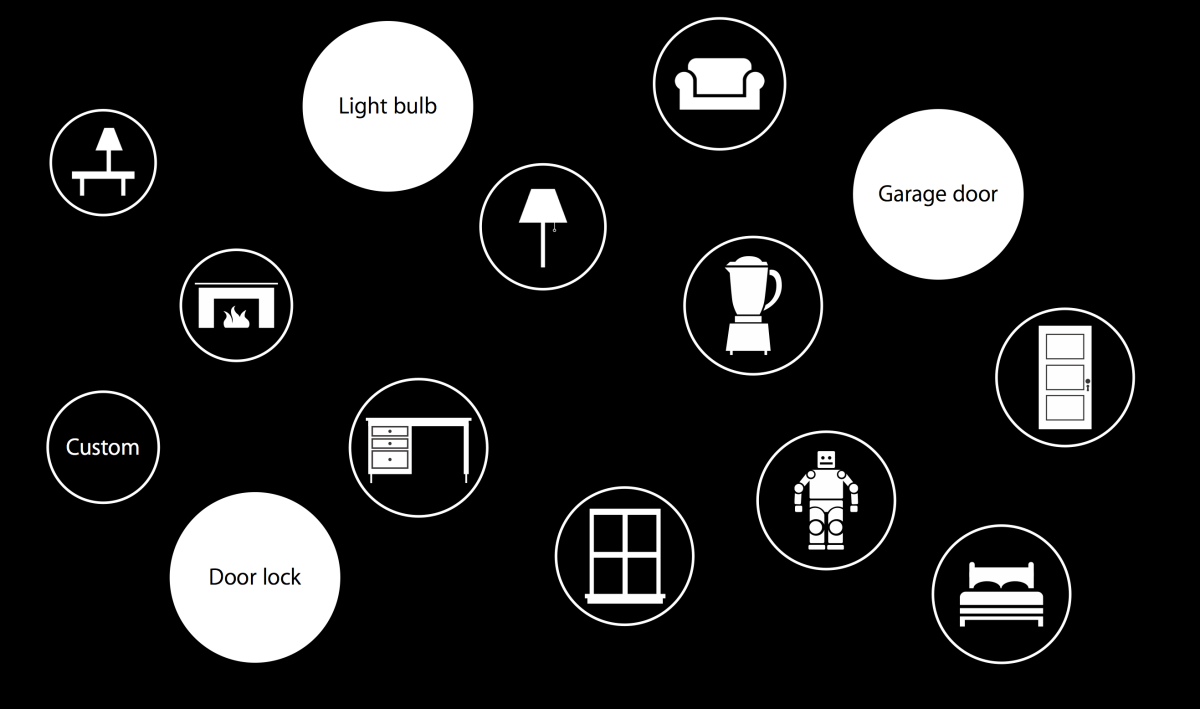
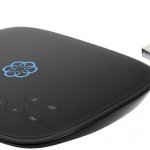
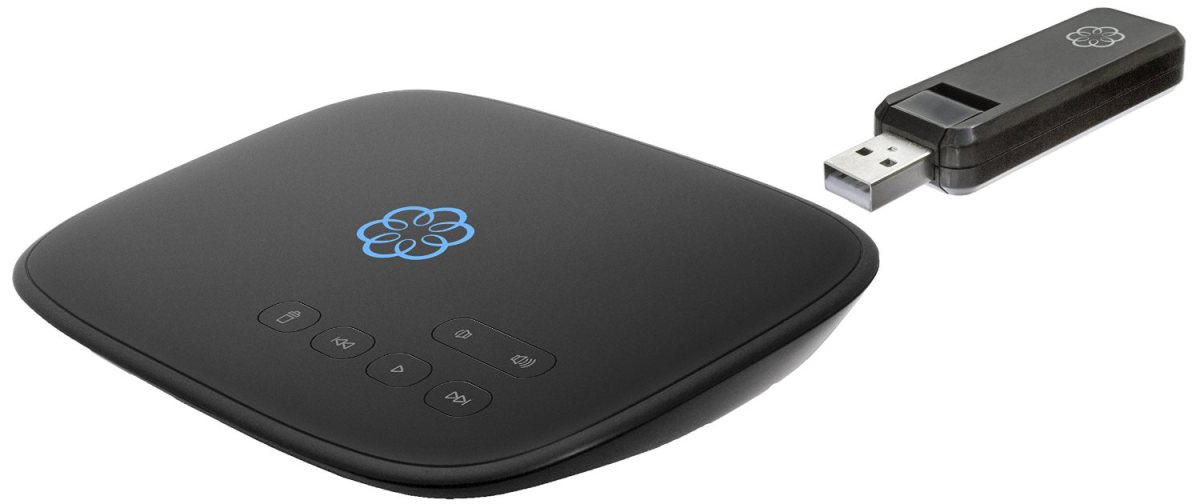


 15 disruptive service providers around the world with nearly a billion mobile subscribers have partnered with the largest global Wi-Fi roaming network,
15 disruptive service providers around the world with nearly a billion mobile subscribers have partnered with the largest global Wi-Fi roaming network, 



 After releasing VoIP enabled Truphone for Android earlier this month,
After releasing VoIP enabled Truphone for Android earlier this month,  The application builds on the company’s previous release which allowed customers to make low cost calls on their mobiles when out of Wi-Fi. When out of Wi-Fi, the application works by making a local GSM call to the Truphone gateway (if a customer has a bundled package of minutes this call is often free, otherwise is charged as a ‘local call’), from where the call is then routed over the Truphone network.
The application builds on the company’s previous release which allowed customers to make low cost calls on their mobiles when out of Wi-Fi. When out of Wi-Fi, the application works by making a local GSM call to the Truphone gateway (if a customer has a bundled package of minutes this call is often free, otherwise is charged as a ‘local call’), from where the call is then routed over the Truphone network. Just a week after
Just a week after  “We were the first to bring mobile voice over internet to mobile devices, the first to bring iPhone/ iPod touch users the choice to make free Internet calls, the first to enable cost-saving mobile twitter over internet, and now we’re proud to continue leading the field of rich mobile-internet communication by bringing users the world’s first fring video calls over internet for the iPhone and iPod touch,” said Avi Shechter, Co-Founder & CEO of fring.
“We were the first to bring mobile voice over internet to mobile devices, the first to bring iPhone/ iPod touch users the choice to make free Internet calls, the first to enable cost-saving mobile twitter over internet, and now we’re proud to continue leading the field of rich mobile-internet communication by bringing users the world’s first fring video calls over internet for the iPhone and iPod touch,” said Avi Shechter, Co-Founder & CEO of fring. 
 Rumored as the Onyx, Bold 9700 comes with new BlackBerry OS 5.0, 624 MHz processor, 2.44” light-sensing display, 256MB Flash memory, built-in GPS and Wi-Fi (802.11 b/g), 3.2 megapixel camera with autofocus, flash and video recording, full-QWERTY keyboard, touch-sensitive optical trackpad and micro SDHC 2GB card.
Rumored as the Onyx, Bold 9700 comes with new BlackBerry OS 5.0, 624 MHz processor, 2.44” light-sensing display, 256MB Flash memory, built-in GPS and Wi-Fi (802.11 b/g), 3.2 megapixel camera with autofocus, flash and video recording, full-QWERTY keyboard, touch-sensitive optical trackpad and micro SDHC 2GB card.